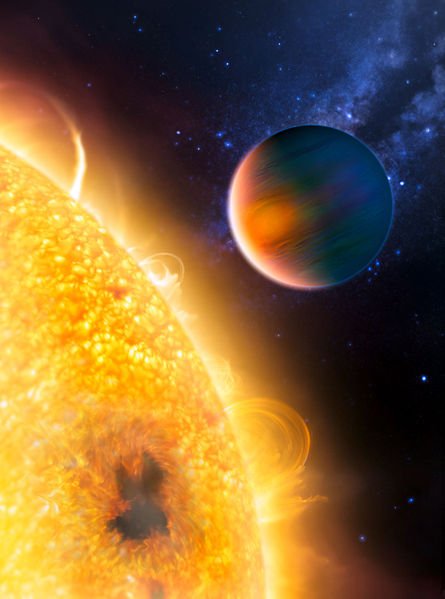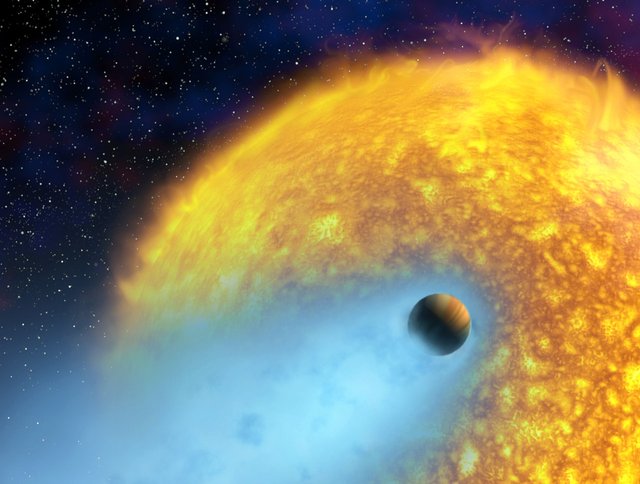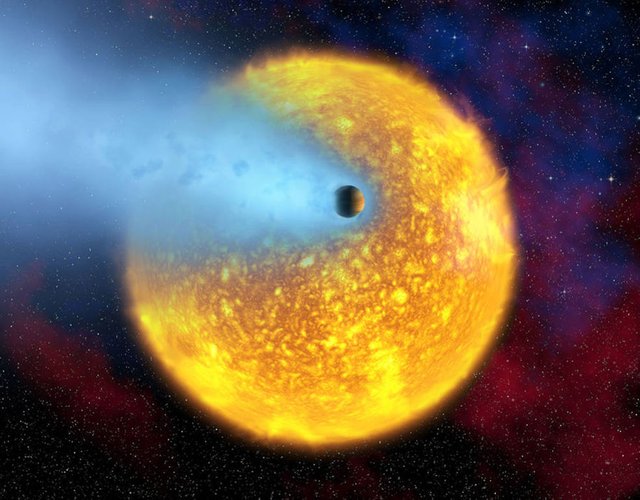Identification of the solar system and unknown information
We call the solar system around the Sun, which is the planets, satellites, comets, meteors, asteroids. But how much we know about our habitat Scientists discover new information every day You know some unknown information like this.
- "Green Planet" is called: Uranus
- The Solar System's Fastest Planet: Mercury
- "Planet King" is called: Jupiter-K.
- Planet Saturn is the highest (53)
- The brightest comet of the century: Hellbop
- "Venus of the Earth": Venus
- The planet's nearest planet: Venus
- The third nearest planet in the sun: the earth
- Solaris discovered: Nicolas Copernicus
- The total number of planets in the solar system is eight.
Mercury, Venus, Earth, Mars, Jupiter, Saturn, Uranus and Neptune. - The only satellite moon in the world
- The 'cool sea' is located - in the lane.
- The nearest star of the sun-processing center.
- Distance from Earth to the Moon - 3,440,000 km.
- The sun's distance from Earth - 14.88 million kilometers (Almost).
- There is no satellite in the solar system - Bold and Venus
- Sun mass - 1.99 × 10¹³ kg.
- The sun rises on the Cancer line - 21 June.
- In the northern hemisphere the day is the largest and the night is the smallest - 21 June.
- Diwali is the same in the world - 21 March and 23 September.
- The first halari comet is seen in -1759.


